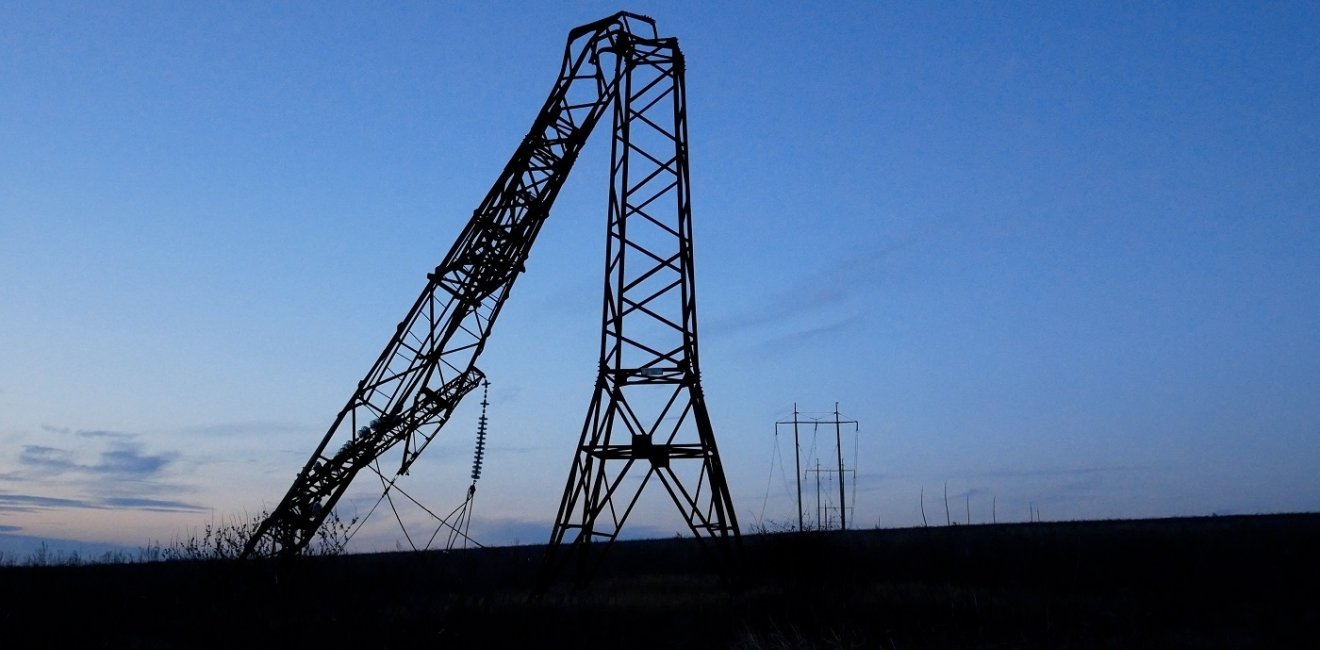
A blog of the Kennan Institute
Four years ago, a new electricity market design was introduced in Ukraine, as stipulated by a law adopted in 2017. This step was aimed at establishing a European model of the electricity market and was part of Ukraine's obligations as a member of the European Energy Community and an aspirant for European integration. At that time, it was believed that the introduction of European rules would reverse the stagnation of the energy sector, including the accumulation of debts, and instead promote its development, which in turn would be expected to lead to new investment.
Owing to a combination of populism and paternalism, government subsidization of prices has blocked energy reforms in Ukraine for decades—no government dared liberalize markets by requiring actual costs be met, fearing it would lose popularity. This time was not different. Almost immediately the new market model began to be encumbered with populist ideas atypical for the European model in the form of excessive restrictions and regulations aimed above all at maintaining low regulated tariffs.
It didn’t take long for the expected results to appear. Producers and suppliers began to accrue new debts on top of old ones. A crisis of nonpayments started unfolding for renewable (RES) power producers, and the problem of cross-subsidization of prices paid by households remained, complicating the situation, in particular for the state-owned energy companies, which were the key contributors to this subsidization.
Russia’s full-scale invasion presented another severe challenge to the energy sector. Not only was infrastructure destroyed, there was the additional threat of bankruptcy of energy companies with rising nonpayments. After February 24, 2022, the energy regulator and other authorities adopted several unpopular but stabilizing decisions, which for a time kept the situation in the electricity market more or less under control, but not totally corrected. And if the causes of the financial imbalances persist, it is inevitable that the situation with payments will worsen, which will directly threaten the integrity of the energy system.
Populist-Driven Overregulation a Key Reason for Sector Debt
The two key excessive regulations that caused financial imbalances in the energy markets were price caps for industrial consumers and fixed low electricity prices for households.
Price caps restrict wholesale electricity prices, with the result that the final price paid by industrial consumers is kept low. Price caps therefore also artifactually limit the incomes of energy companies, which need money to carry out repairs on energy infrastructure after last winter’s attacks and to prepare for upcoming heating needs.
Low household electricity prices were mostly subsidized by the state-owned nuclear power company Energoatom and to a lesser degree by the state-owned operator of hydropower plants, Ukrhydroenergo.
For Energoatom, the Russian occupation of the Zaporizhzhia Nuclear Power Plant beginning in March 2022 resulted in a temporary loss of 40 percent of capacity, with revenues falling correspondingly. The company incurred huge losses last year. The problem was compounded by existing price caps, which also limited the company’s revenues. Ultimately this meant Energoatom was unable to get together the necessary funds to subsidize a low price for households. All companies in the electricity supply chain to households, both private and state-owned, suffered from nonpayments.
RES power producers suffer from nonpayment as well. By law, they should receive a feed-in tariff. They are now in the uncomfortable position of having to subsidize end-users while hoping to receive compensation adequate to cover the difference between the market price and the feed-in tariff. But the market price is restricted by the price cap, which makes the amount of the subsidy that falls on RES producers bigger. Twenty percent of the subsidy should come from the state budget and the rest should be financed by the transmission system operator, Ukrenergo. But the state budget has never paid out this 20 percent, and the energy regulator, motivated to lower the final electricity price, has never approved a power transmission tariff for Ukrenergo large enough to pay the full amount owed to RES power producers. In 2022 and during the first five months of 2023, these producers received only half the amount due. In June the payment level was only 42 percent. The debt to RES power producers now amounts to over half a billion dollars.
Just Partial Progress
Since the invasion, the government has made some important decisions to stabilize the situation in the electricity sector and prevent the sector’s failure. Recently the government approved a radical increase in household electricity prices beginning June 1. This decision, though difficult and unpopular, is extremely important and should offset part of the financial problems experienced by the power sector.
But these efforts to stabilize the market are only partial. The energy regulator was preparing to cancel the price caps on the wholesale electricity market and even published a corresponding decision at the end of May, but for some reason canceled it a few days later, instead approving new price caps. The energy minister called the decision on new price caps unfounded. State-owned energy companies supported the idea of abolishing the price caps, as did the European Energy Community, which for years has been calling on Ukraine to abandon such overregulation.
The new model of price caps may even worsen the situation. The price is allowed to fall almost to zero at noon and to peak at night. To make a long story short, this may increase by 30 percent the deficit of payments to RES power procurers. This decision preserves the threat of financial imbalance for the market and, of course, practically eliminates any interest in investing in power generation, particularly from renewable sources. It also puts pressure on energy companies to repair assets before the upcoming winter.
So, with respect to a postwar recovery, the government sees the Ukrainian economy and energy as low-carbon, based on nuclear and renewable energy sources. But the current policy still does not incorporate European market approaches in the energy sector, undermining the existing RES power sector and casting a shadow over its future development.
The opinions expressed in this article are those solely of the author and do not reflect the views of the Kennan Institute.
Author

Director, Energy Program, Ukrainian Institute for the Future

Kennan Institute
The Kennan Institute is the premier US center for advanced research on Eurasia and the oldest and largest regional program at the Woodrow Wilson International Center for Scholars. The Kennan Institute is committed to improving American understanding of Russia, Ukraine, Central Asia, the South Caucasus, and the surrounding region through research and exchange. Read more

Explore More in Focus Ukraine
Browse Focus Ukraine
Talking to the Dead to Heal the Living

Ukrainian Issue in Polish Elections


